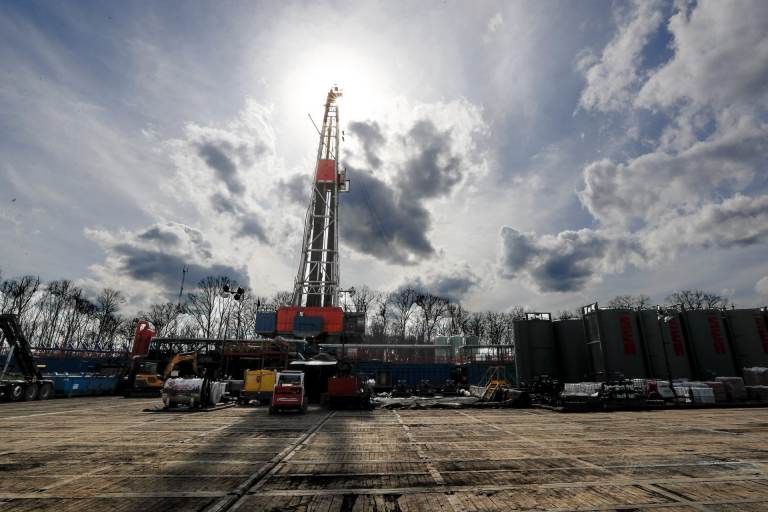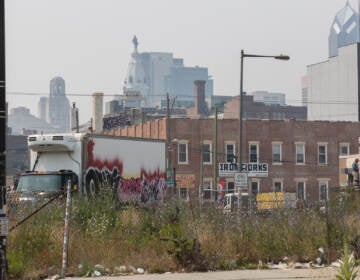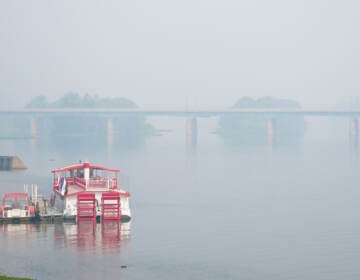Parts of Pa. got hazy because of intense western wildfires. It could happen more often
Recent air quality alerts in Pennsylvania that were caused by pollution from wildfires in the western United States and Canada could become more frequent with climate change.

In this March 12, 2020, file photo, the sun shines through clouds in St. Mary's, Pa. (Keith Srakocic / AP Photo)
This story originally appeared on StateImpact Pennsylvania.
Recent air quality alerts in Pennsylvania that were caused by pollution from wildfires in the western United States and Canada could become more frequent with climate change.
Meteorologist Sean Sublette of Climate Central said it was the result of consistent Jet Stream winds blowing a huge volume of wildfire smoke to the east. The large amount of smoke allowed it to better stick together, rather than dissipate, according to Sublette. Then it settled closer to the ground.
The haze that fell over Pennsylvania surprised Sublette. He said wildfire smoke that crosses the U.S. normally stays high in the atmosphere, where it’s not as noticeable.
Sublette said, as climate change creates conditions that lead to more intense wildfires, Pennsylvania could see more pollution from them.
“Just because you see it happen once doesn’t mean it’s going to happen that way every single year. But it will happen more frequently than in the past and we need to prepare for it,” he said. For example, he said events that used to happen once every 20-30 years might start happening once every 10-15 years.
Though fires are still burning in the western U.S., the haze has mostly cleared.
The Department of Environmental Protection issued Code Orange Air Quality Alerts on Tuesday and Wednesday. It said a cold air front that was expected to move into the state Wednesday afternoon would bring cleaner air.
Sublette said there was an especially large amount of smoke making it to Pennsylvania in the last week because some of the fires were just getting started and fires produce more smoke early on.
Kevin Stewart, director of environmental health for the American Lung Association, said the haze was a reminder that people should take caution when air quality is bad.
“That gets our attention, but in terms of your lungs, they don’t really care where the air pollution is coming from,” Stewart said.
Stewart said air pollution can cause a range of issues from wheezing and coughing in the short term, to a heightened risk for heart attack and stroke over time.
Sensitive groups, such as those with respiratory issues, children, and older people should avoid strenuous activity outside during poor air quality days. They should stay indoors in a place where the air is filtered, if possible.

Get daily updates from WHYY News!
WHYY is your source for fact-based, in-depth journalism and information. As a nonprofit organization, we rely on financial support from readers like you. Please give today.




